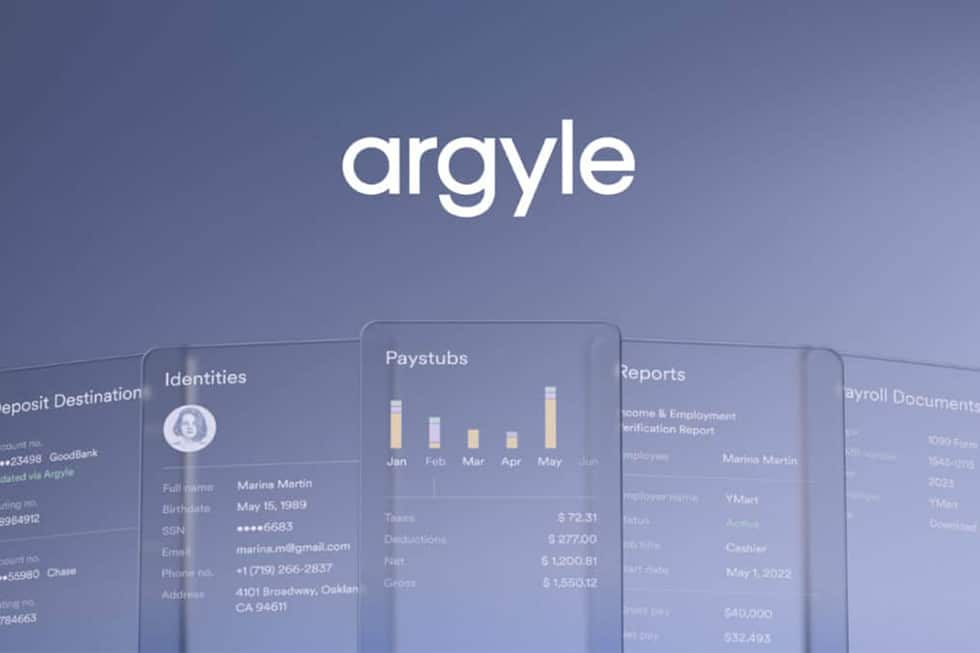
As a public relations professional, a key element to our craft is to perfect the art of pitching story ideas to our friends on the “other side” of the aisle, namely the media. Reporters, journalists, and media contacts rely on pitches to feed them story ideas and article concepts. Without pitches, most media professionals would find it hard to stay on top of the events that are happening in their communities. Some story ideas make it to print because they are inherently newsworthy. But many other story ideas get published because someone knew how to deliver a great public relations pitch.
There’s no formula for a perfect pitch —a great story idea doesn’t guarantee a published article – its goal should elicit interest from a reporter who wants to learn more.
While we don’t like to kiss and tell, everyone should be well-versed in the art of pitching a great story. Here are five rules to follow when about to pitch a story idea to reporters and media contacts.
1) Target 5-10 influential reporters – the days of sending a news release to 500 contacts and expecting media coverage are over. Spend some time researching outlets and contacts that will be the best fit to be interested in your news.
2) Have a clear, concise message. Be interesting and lead with clear, catchy opening. Spend a good amount of time brainstorming an angle that might be of interest to the reporter and their readers. If your pitch lacks clarity or isn’t a topic related to the reporter’s beat, the first stop for your pitch will be the cutting room floor (or the delete button.)
3) Sell each reporter individually. A personalized pitch is your opportunity to give the journalist a reason to develop your story idea into an article or news item. Do you have a new service or product that they could review first? Reporters love—emphasis on love—a great exclusive.
4) Make their job easy. An interesting and well-written pitch makes the journalist’s job a little easier. In some cases, if your interview subject is a great resource, it can often drive the story. You can make their job even easier by offering to provide a complete press kit or other information after the pitch. If you don’t have an executive biography, blog content, company fact sheet or other relevant background info, it’s back to the drawing board.
5) Think long-term relationships. You can increase your odds of success by contacting journalists before you deliver your first pitch. All that’s needed is a quick email to introduce yourself and inquire about the kinds of story ideas they’re looking for. Or, if you know they need help sourcing a story or finding background info on another topic, you will be remembered as an asset and resource.
Good luck crafting your own headline-making pitch!





